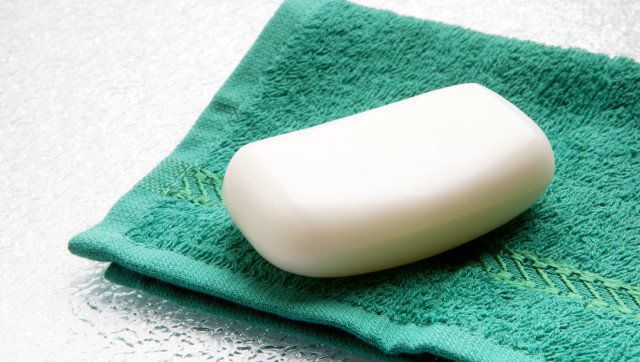
What if we could narrow the achievement gap for the price of a tube of toothpaste? That’s about $2.50, roughly half a percent of the cost of a laptop computer.
Kids who go to school dirty are likely to get bullied, have low academic achievement and be frequently absent. Certainly, children who are so poor that their parents cannot buy shampoo have a whole array of needs. But it makes sense to tackle right away something that’s easily fixed and will have an immediate effect on a child’s health and social experience.
Many schools teach hygiene as part of their health curriculum. Teaching a kid who doesn’t even own a toothbrush how to floss is not helpful.
At West Plains Elementary School in Missouri, school nurses work with a non-profit to provide hygiene items for kids who don’t have them at home. Nurse Melissa Girdley told Ozarks Public Radio about one student’s struggles:
She had made mention that she hasn’t been able to brush her teeth in the mornings and at night like she’s supposed to, and kids had been saying things about her bad breath. And she had said something to her teacher about how kids were picking on her. So they sent her down to us, and we just talked to her about it, and gave her a little thing of mouthwash and a toothbrush and toothpaste.
The report also tells of girls who miss school while they are menstruating because they can’t afford feminine hygiene products and of kids who are so dirty that their parents are called to come pick them up.
As social workers, we’re taught to see poor hygiene as evidence of neglect. So in addition to having horrible experiences in school, children are at risk of entering the child welfare system, all for want of a bar of soap.
Poor hygiene is often a sign that parents simply don’t have resources — not that they don’t care about their children. I remember one client of mine who kept a towel by the toilet that her family shared in lieu of toilet paper. I tried to explain to her how unhealthy that was. But she ended up teaching me something: Federal programs like food stamps and WIC do not pay for things like toilet paper or detergent. She could barely afford the items her family needed to survive. The definition of “necessity” changes when you are desperately poor.
The achievement gap between children from high- and low-income families is growing. I don’t pretend that a little soap and water will wash that problem away entirely. But providing adequate hygiene supplies for students will certainly help them inside and outside of school. It’s simple enough to do. We just need the will to do it. You can help:
Ask. That’s a great way to get something started. Ask your elected representatives why supports for low-income families don’t cover hygiene items. Ask your child’s teacher, the principal or the board of education if hygiene is an issue among kids in your community.
Give. Your local food bank has plenty of boxes of pasta. Things like detergent and diapers are gold at food banks, and your donations would be appreciated. Or you might adopt a classroom in an area school. Pledge to supply hygiene products that the teacher can give out to students in need.
Talk. The poverty-hygiene connection really is a dirty little secret. In my experience, when people see that children are in great need, they want to help. Now that you know, spread the word!
